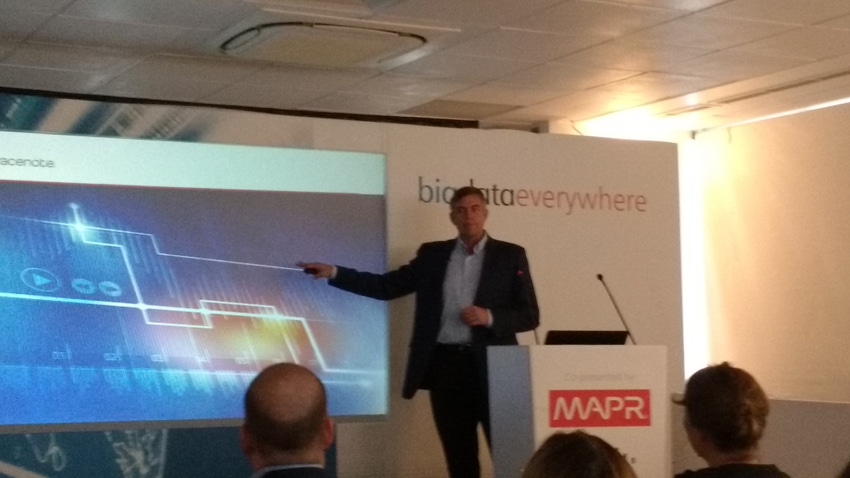While the digital world has created opportunities, fuelled globalization and encouraged diversification, it has also threatened some segments with the prospect of extinction.
November 15, 2016

While the digital world has created opportunities, fueled globalization and encouraged diversification, it has also threatened some segments with the prospect of extinction.
The 80s and 90s were a time of new technology, but in a very different manner. New hardware entered the market, and the size of a company’s wallet mainly decided on how effectively it could compete. Fast forward to 2016 and the digital economy is upsetting the hierarchy. AirBnB has disrupted the hotel industry, and Uber the taxi; these are organizations which didn’t exist a decade ago.
“Whatever you want to call it, digital transformation remains one of the most important topics for businesses in 2016,” said Jack Norris, SVP of Data and Applications at MapR Technologies, speaking at the Big Data Everywhere event in London. “Challengers are coming from areas which weren’t even considered before and it’s because of next generation technologies and a firm grasp on data.”
Although the concept of big data and the promise of advanced analytics have been in the industry for some time, it has previously been little more than a nice idea for those who would not be considered early adopters. Not anymore according to Norris. For the first time, spend on next generation technologies has exceeded those on legacy, demonstrating digital transformation trends have begun to penetrate brownfield IT environments.
The move also indicates the shift in mentality has been made within the enterprise scale organizations who are under threat. The fact that more capital is being invested in next gen technologies is a milestone in the evolution of the digital economy. Legacy is now firmly legacy, and next generation is the new normality. But before people get too comfy, the industry is moving onwards and upwards.
From Norris’ perspective, data is the new leverage for the digital economy. Yes, you need to have the right technology in place, but how data is collected, managed, stored, analysed and utilized will be the differentiating factor. The question is no longer what hardware to use, or on premise vs. cloud, but about leveraging the power of data and insight. This includes streamlines processes and automation, but identifying and actioning data the fastest, to improve the customer experience in real-time is imperative.
How to use data is more of a conceptual question, which will challenge a lot of companies as they still do not have the capabilities in-house. Traditional IT is about hardware, it’s easy to measure and visualise, new IT is about business and creating opportunities which may not currently exist through the innovative use of data and its subsequent applications. This means a new mentality, a new culture and a new type of individual.
“The new role of IT is not about the company which can collect the most data, but the one which can demonstrate the greatest levels of data agility,” said Norris. “The company who can generate insight the fastest and implement change in the shortest period of time will win.”
Companies who do not understand how the digital economy will impact their businesses are already beginning to show. These companies are the ones who are being upset by the digital innovators and being usurped at the top of the food-chain by the digitally innovative and, by comparison, young brands.
The hotel industry reacted slowly, and has thus been usurped by AirBnB, the finance industry held off the challenge for a while but is straining, and traditional players in the automotive space have been given a new lease of life in the digital era. Each of these industry reacted and recruited in a different manner, and will be reaping the rewards respectively.
It’s one thing to collect data, but it’s an entirely different challenge to do something useful with it. This could be the defining factor for the future of the digital era.
About the Author(s)
You May Also Like








.png?width=300&auto=webp&quality=80&disable=upscale)


_1.jpg?width=300&auto=webp&quality=80&disable=upscale)


.png?width=800&auto=webp&quality=80&disable=upscale)